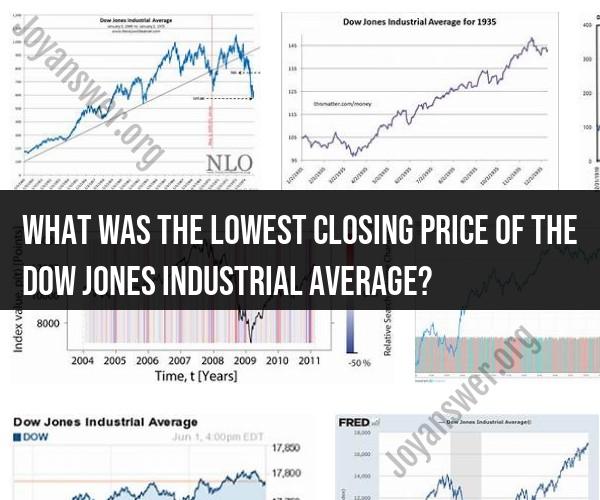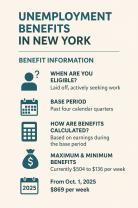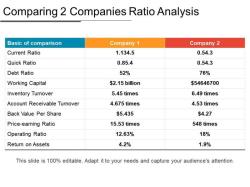What was the lowest closing price of the Dow Jones Industrial Average?
The Dow Jones Industrial Average (DJIA), often referred to simply as the Dow, is one of the most prominent and closely watched stock market indices in the world. It consists of 30 major publicly traded companies and is considered a barometer of the overall health and performance of the U.S. stock market. In this article, we will delve into the concept of the lowest closing price of the Dow Jones, what it means, and how it can be interpreted.
Understanding the Dow Jones:
- The Dow Jones Industrial Average was first introduced in 1896 by Charles Dow and Edward Jones. It comprises companies from various sectors, including technology, healthcare, finance, and manufacturing.
- The index is calculated by taking the sum of the stock prices of its 30 component companies and dividing it by a divisor. Changes in the divisor account for events such as stock splits, mergers, and other adjustments.
The Lowest Closing Price:
- The lowest closing price of the Dow Jones refers to the least value at which the index closed on a given trading day.
- This lowest closing price is significant because it represents a point in time when the index experienced a notable decline in value.
Causes of the Lowest Closing Price:
- The Dow Jones can experience its lowest closing price for various reasons, including:
- Economic downturns or recessions: A weak economy can lead to reduced corporate earnings and lower stock prices.
- Global financial crises: Events like the 2008 financial crisis had a significant impact on the Dow's closing prices.
- Geopolitical events: Political instability, trade disputes, and international conflicts can negatively affect the stock market.
- Industry-specific issues: A downturn in a particular sector, such as technology or energy, can influence the Dow's performance.
Interpreting the Lowest Closing Price:
- The lowest closing price serves as a historical marker of a challenging period in the stock market's history.
- It can indicate investor sentiment, economic conditions, and the overall health of the financial markets at a specific point in time.
- Investors and analysts often study the circumstances surrounding the lowest closing price to gain insights into market trends and potential future risks.
Lessons and Considerations:
- The lowest closing price of the Dow Jones is a reminder of the inherent volatility and unpredictability of the stock market.
- Long-term investors often use downturns as buying opportunities, as history has shown that markets tend to recover over time.
- Diversifying one's investment portfolio and maintaining a long-term perspective can help mitigate the impact of market lows.
In conclusion, the lowest closing price of the Dow Jones is a historical milestone that reflects challenging periods in the stock market's history. Understanding the causes and implications of these lows is essential for investors, as it can provide valuable insights into market trends and potential risks. While market downturns can be unsettling, they are an integral part of the investment landscape, and prudent financial planning and diversification can help investors navigate through them.












